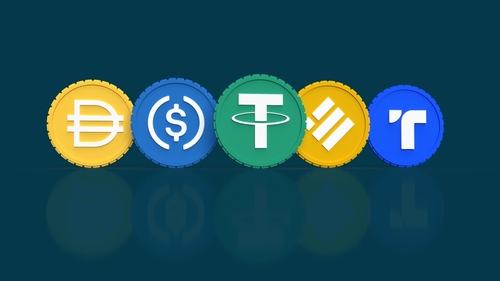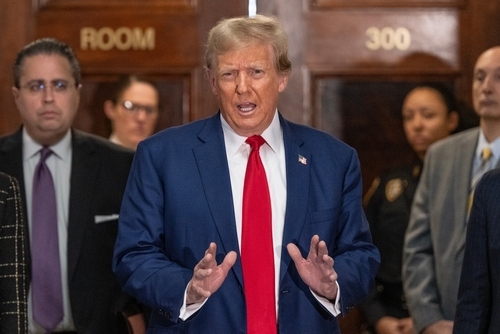Musk’s Bold Bet on Autonomous Rides: 4 Key Challenges Facing Tesla’s Robotaxi

TradingKey - Facing near-term business headwinds, Tesla CEO Elon Musk is pushing investors to focus on the company’s AI and autonomous driving vision. While Musk boldly claims that Robotaxi will serve half the U.S. population by the end of 2025, Wall Street analysts warn that the Robotaxi expansion faces at least four major risks.
HSBC: Three Major Barriers to Robotaxi Scale-Up
HSBC highlights that Tesla’s Robotaxi ambitions are constrained by three key challenges: technical reliability, consumer adoption, and profitability.
1. Vision-Only vs. Sensor Fusion: A High-Stakes Bet
Unlike most competitors that rely on multi-sensor fusion — combining LiDAR, radar, and cameras — Tesla has bet entirely on a camera-only (pure vision) system, using AI to interpret visual data.
- Pure Vision (Tesla): Lower hardware cost, simpler architecture, and high reliance on deep learning. However, it may struggle in extreme conditions (e.g., heavy rain, fog, or glare), where algorithmic errors could occur.
- Sensor Fusion (Waymo, Cruise, etc.): Higher cost due to expensive hardware, but offers robust 3D environmental perception and stronger performance in adverse weather.
There is no consensus yet on which approach is superior. It remains a strategic trade-off between cost efficiency, technical philosophy, and real-world reliability.
HSBC notes that Tesla must overcome concerns about robustness and reliability, especially as it expands into diverse urban environments.
2. Deep-Rooted Car Ownership Culture
In the U.S., private car ownership is deeply embedded in lifestyle and identity. Turning Robotaxi from a niche alternative into a mainstream service is a massive behavioral challenge.
- A WIRED survey this month found that 31% of respondents said they would never consider using Robotaxi, and 65% had not even heard of the service.
- According to EVIR, after reading a Wall Street Journal report on Tesla’s Robotaxi event, 50% of consumers became less interested in using the service.
- Over half distrust Robotaxi safety, and more than 30% believe autonomous taxis should be illegal.
Changing public perception will require not just technological proof, but sustained public education and trust-building.
3. Profitability Remains Highly Uncertain
Even for industry leader Waymo, profitability is elusive. Despite over 10 million rides to date, Waymo reported a quarterly operating loss of $1.23 billion in Q1 2025 — up from $1.02 billion a year earlier.
HSBC points out that hidden costs — including vehicle maintenance, cleaning, parking, and safety drivers — could severely erode already thin margins.
After factoring in these expenses, Robotaxi may take 7–8 years to reach breakeven.
Industry insiders note that companies like Ford and General Motors have exited the autonomous ride-hailing space, calling it a brutal business with low revenue potential.
Barclays: Regulatory Hurdles Are a Major Speed Bump
Barclays emphasizes that regulatory approval is a key bottleneck for nationwide Robotaxi deployment.
Tesla currently operates its Robotaxi pilot in Austin, Texas, and is seeking permits in California, Nevada, Arizona, and Florida. However, progress is slow, as regulators remain cautious about safety and operational standards.
Despite branding it as “autonomous,” Tesla’s Robotaxi still requires safety drivers, drawing criticism and skepticism.
According to Polymarket, the current probability that Tesla will launch a truly driverless Robotaxi by the end of 2025 is only 46%.







